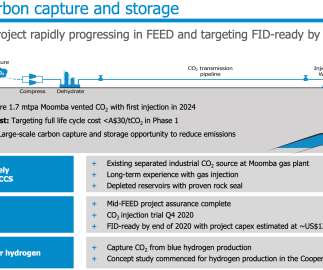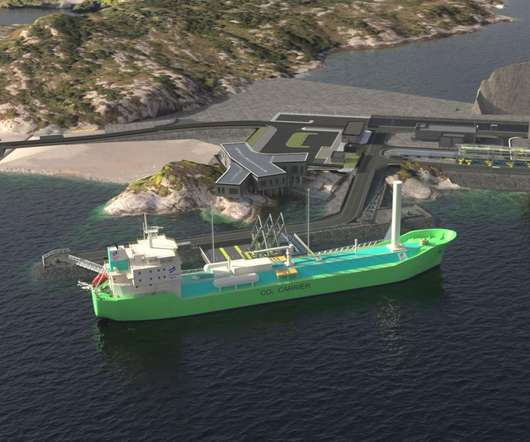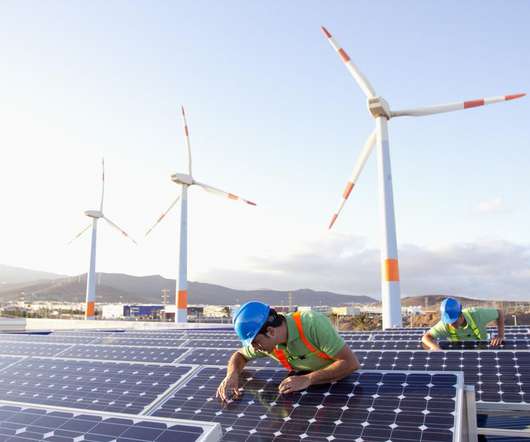PNNL team develops new low-cost method to convert captured CO2 to methane
Green Car Congress
SEPTEMBER 3, 2021
The authors’ assessment identified further cost savings, in that CO 2 captured by EEMPA can be converted to methane on site. Traditionally, CO 2 is stripped from water-rich solvents and sent off site to be converted or stored underground. Heldebrant, D., Kothandaraman, J., Lopez, J.S., Walter, E.D., Burton, S.D. and Dagle, R.A.





























Let's personalize your content